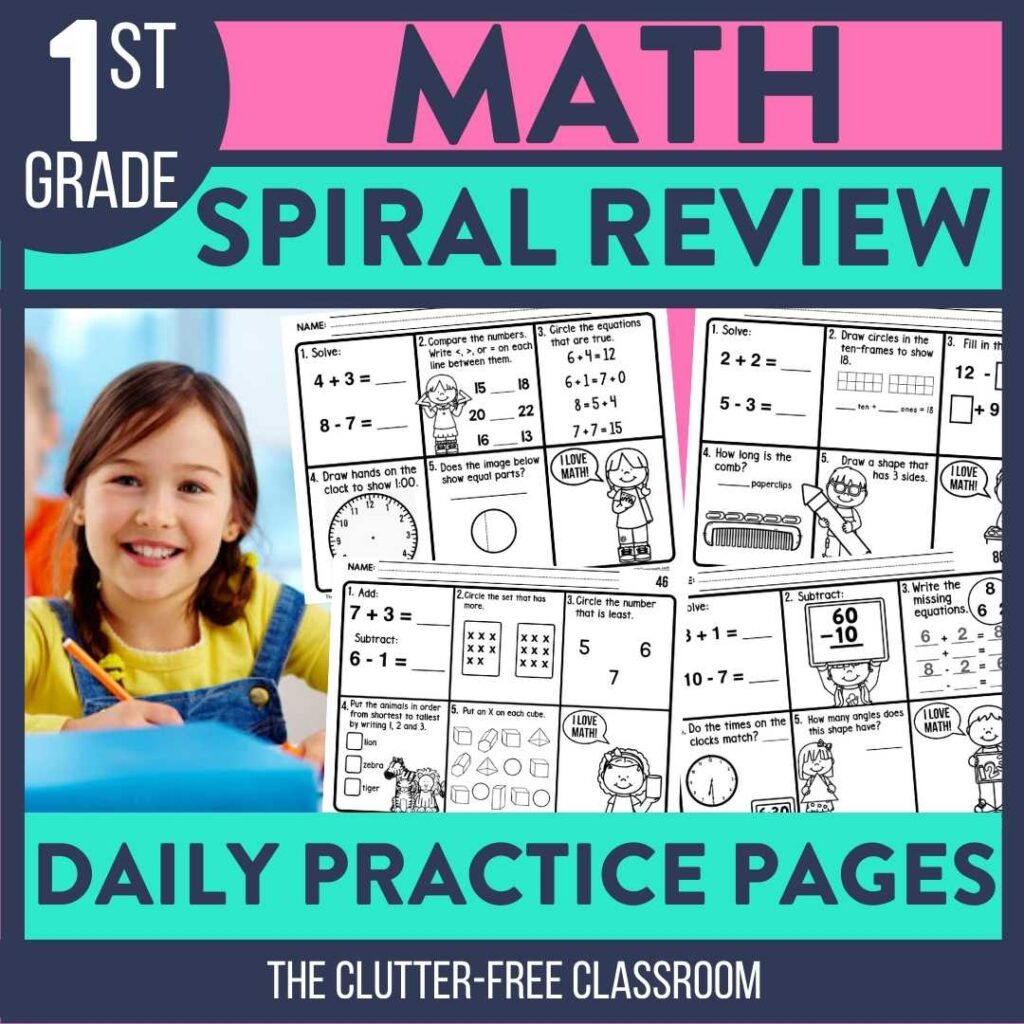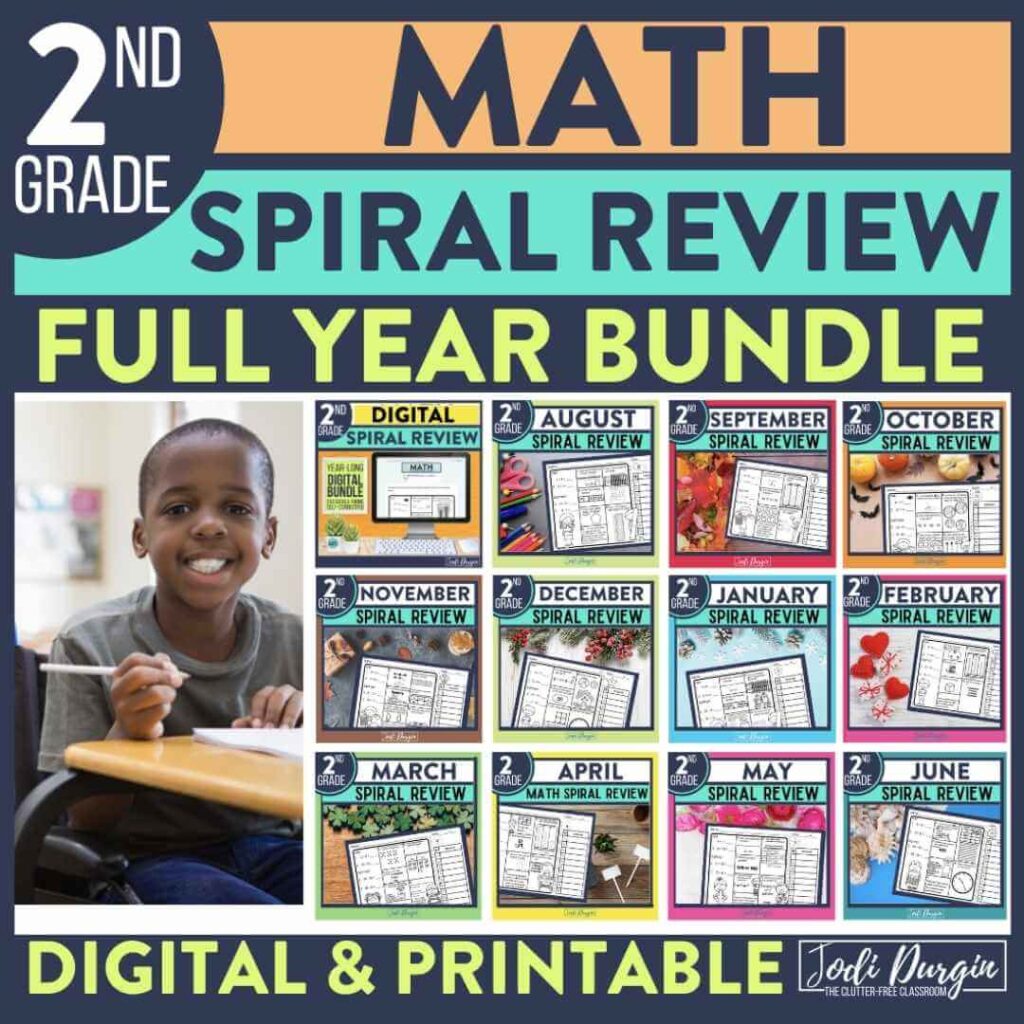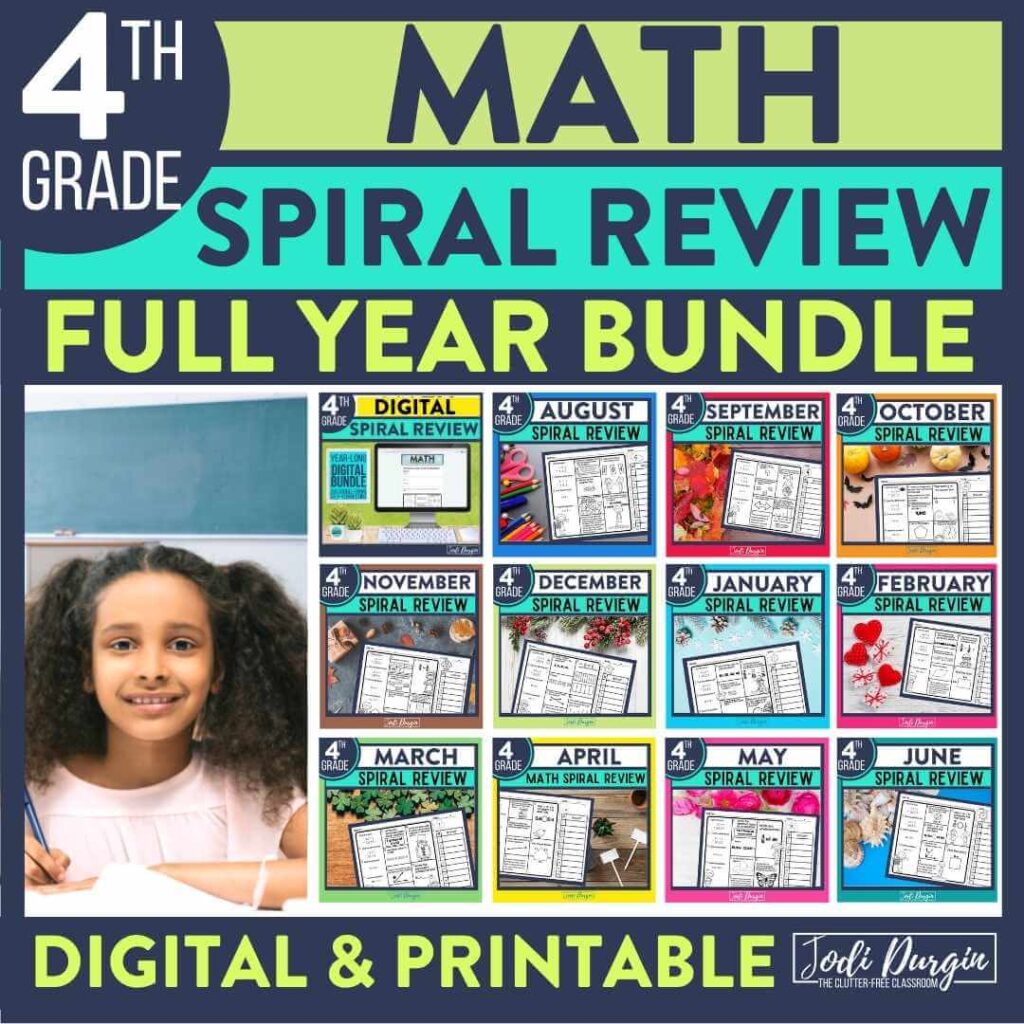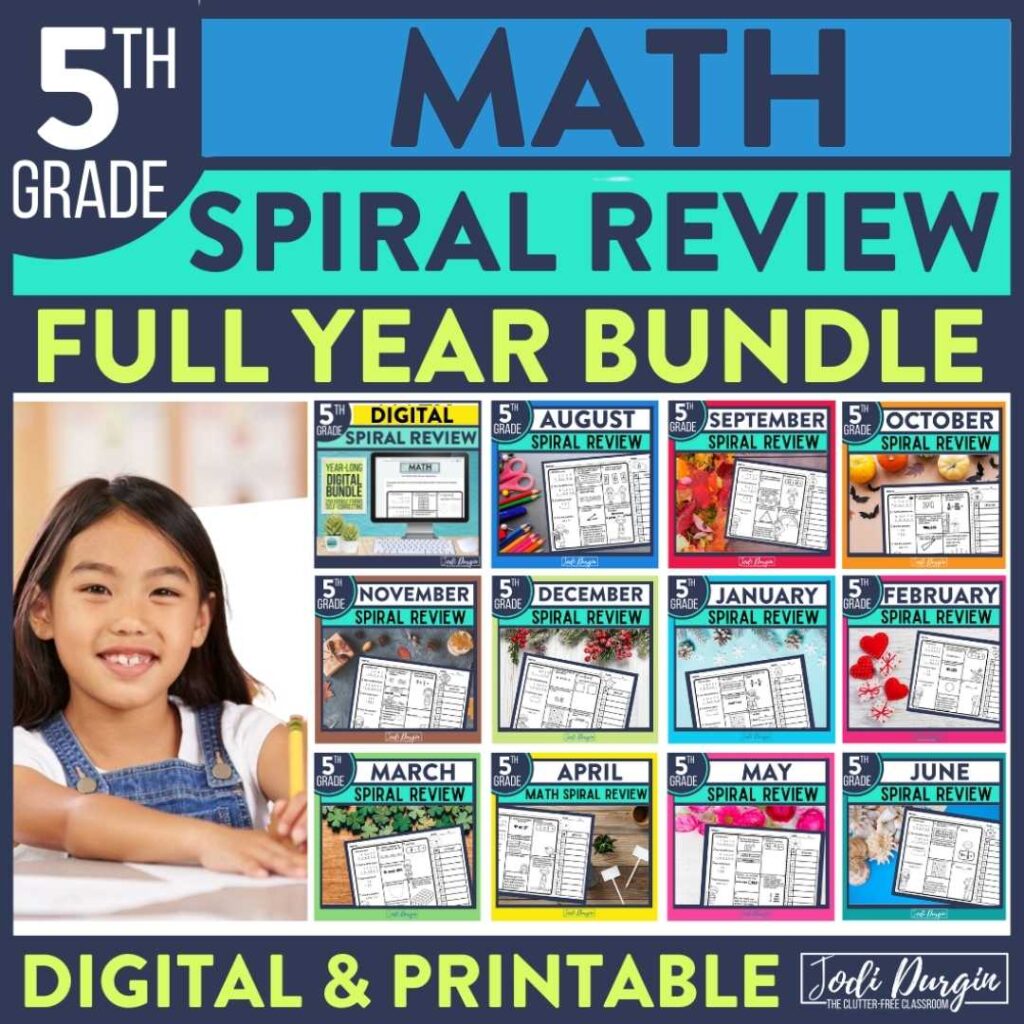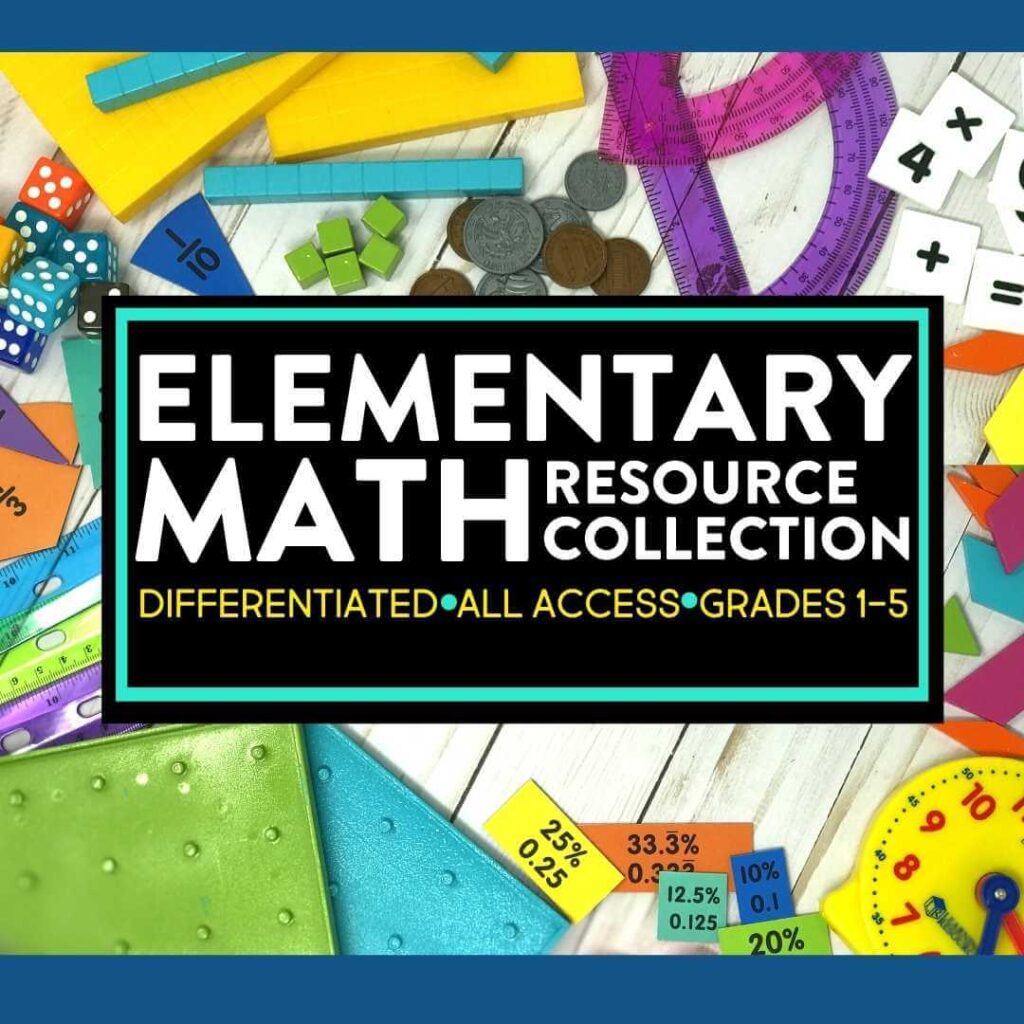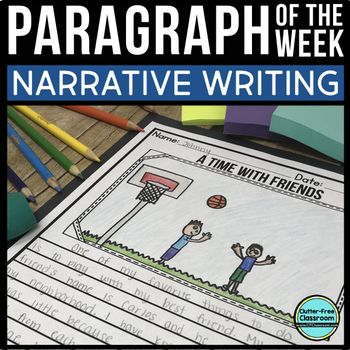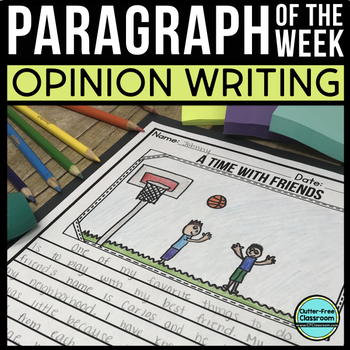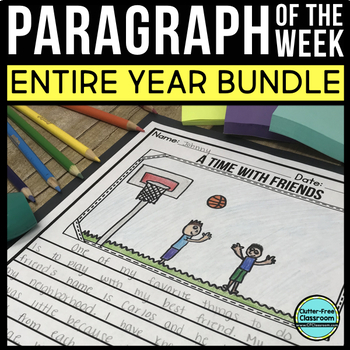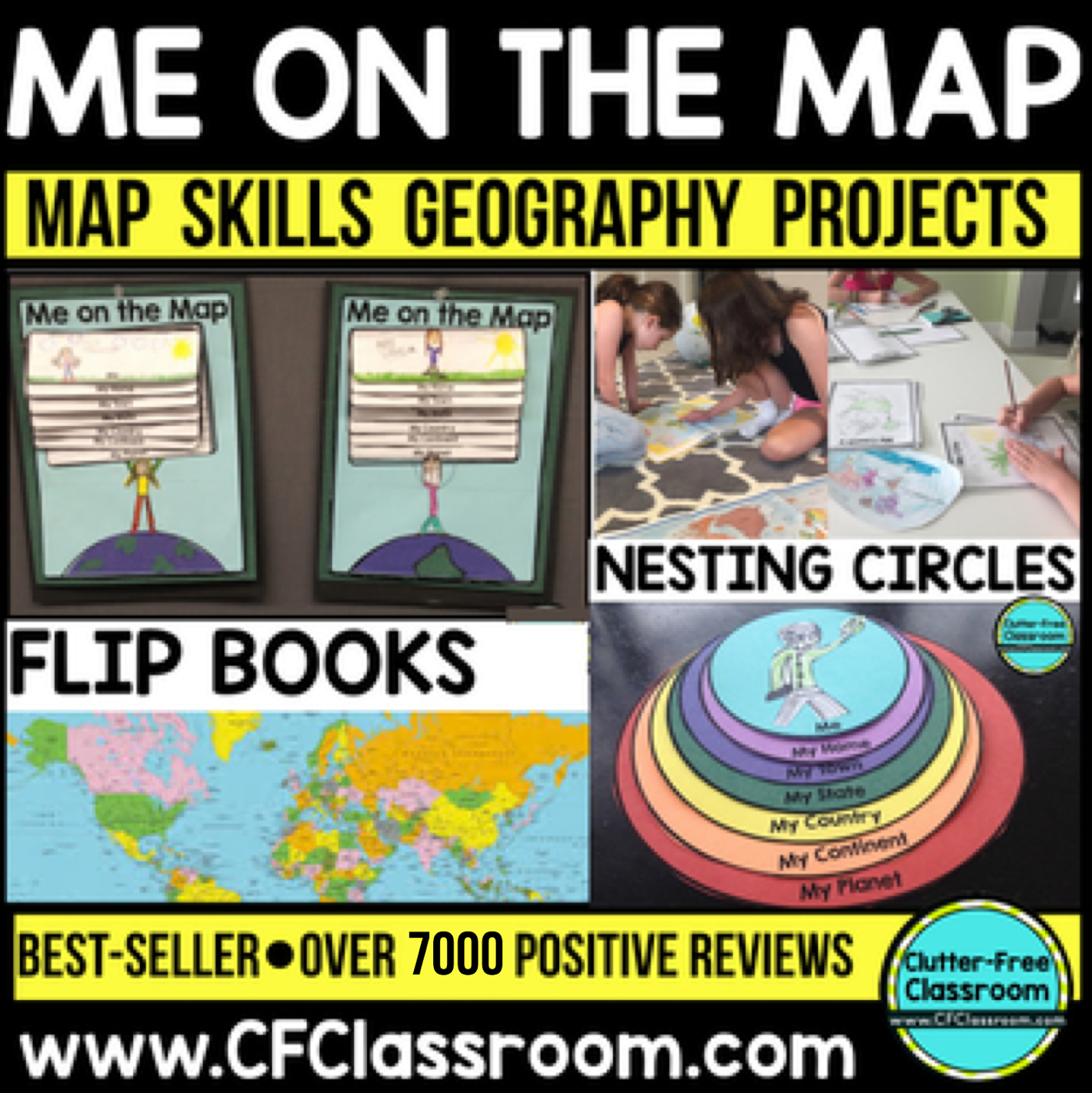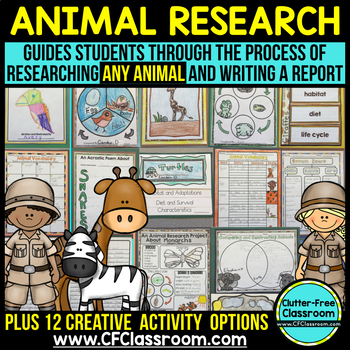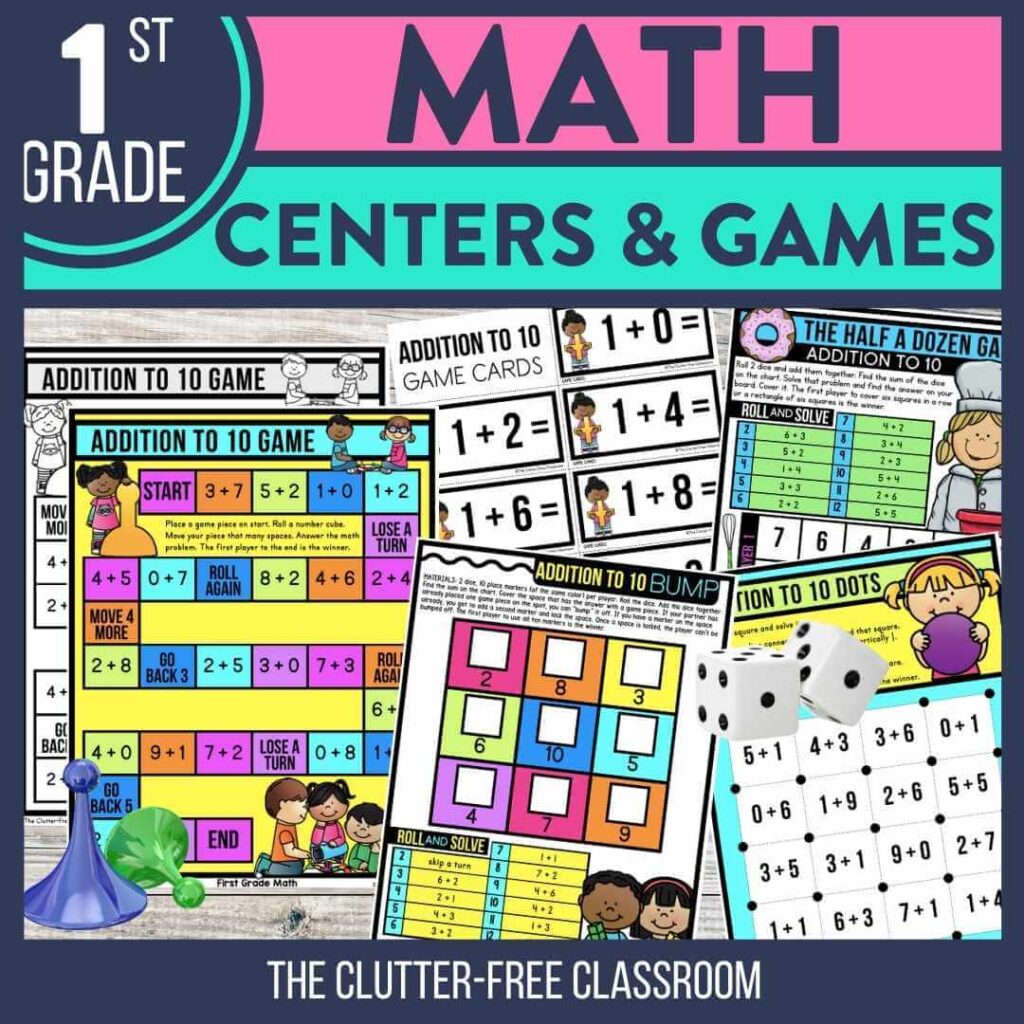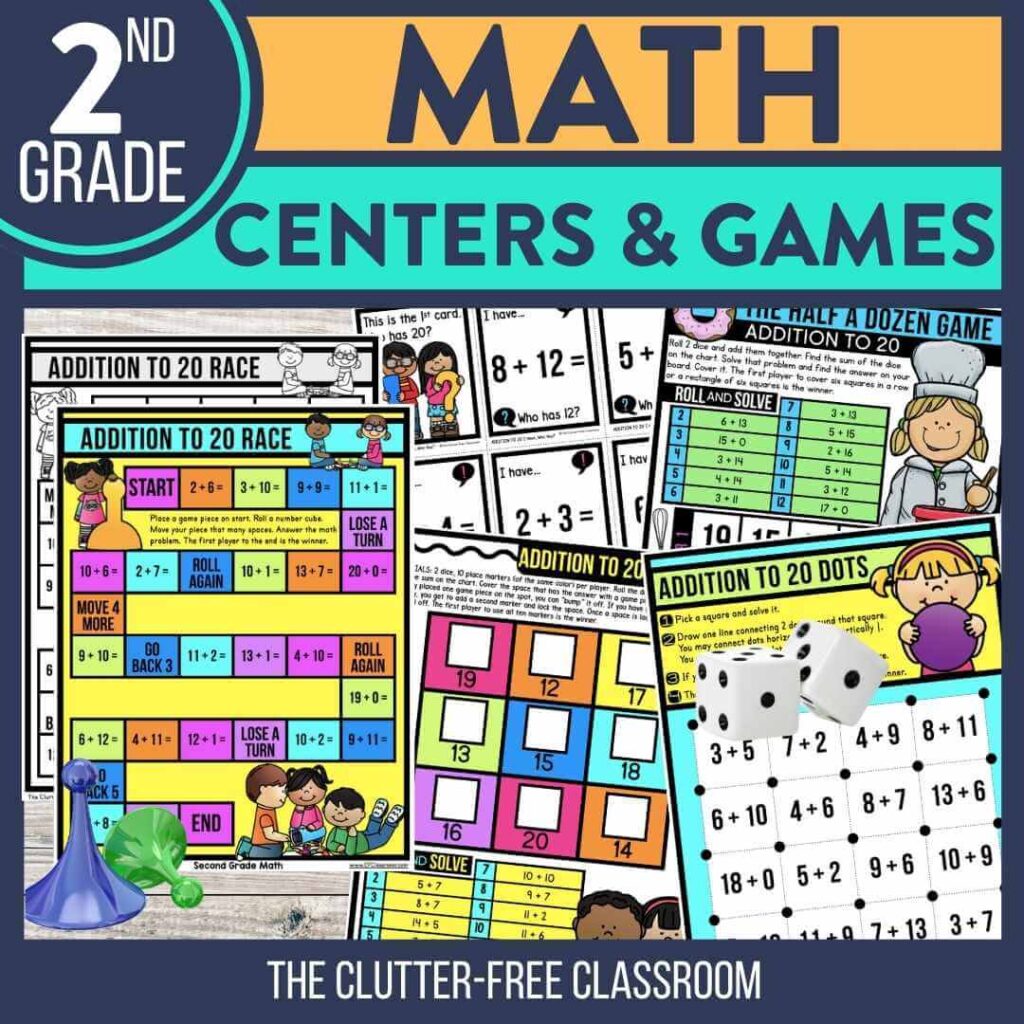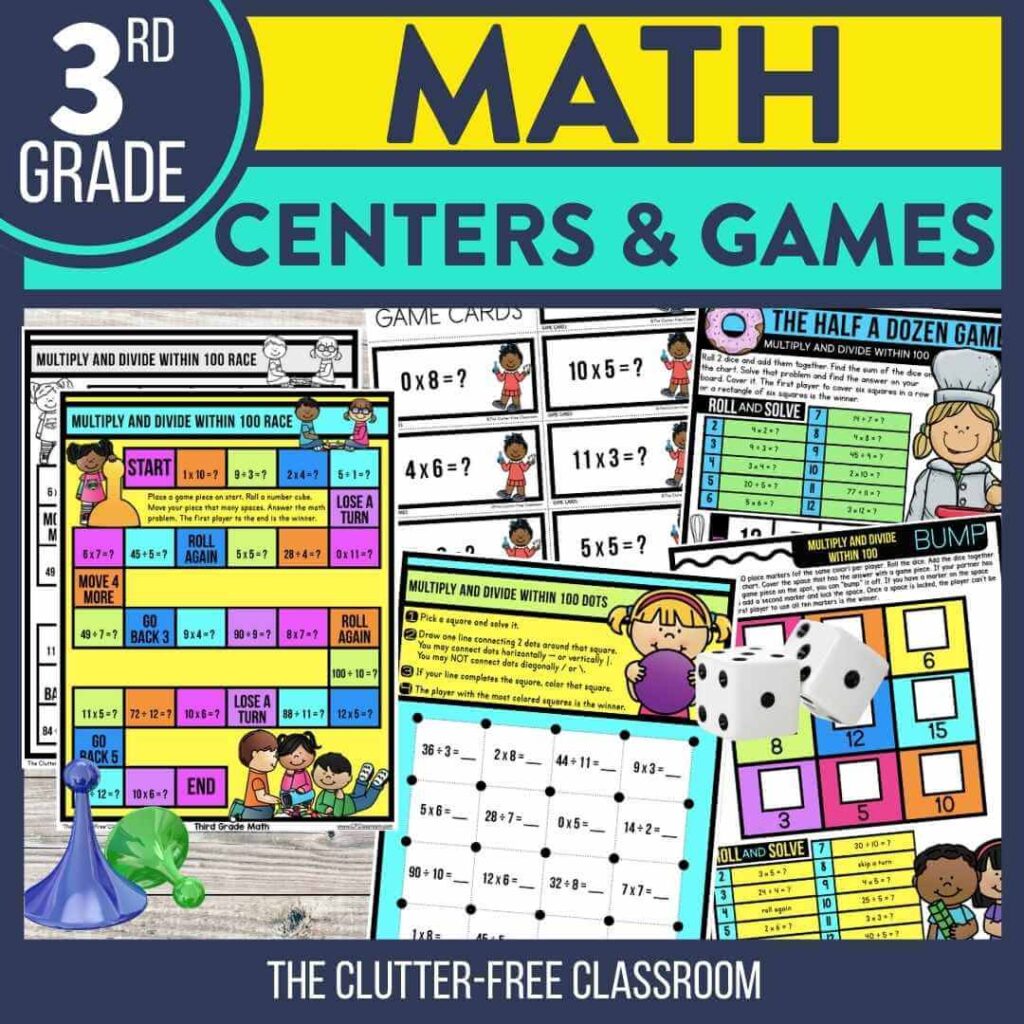Transitioning back to school after summer break, a week-long vacation, or even a long weekend can be challenging for some students at the elementary level. The question is: What can we as elementary teachers do to support students during this transition? This post explores some helpful tips and strategies that you can implement in your classroom to ease students’ worry or anxiety and help them have a successful transition back to school!
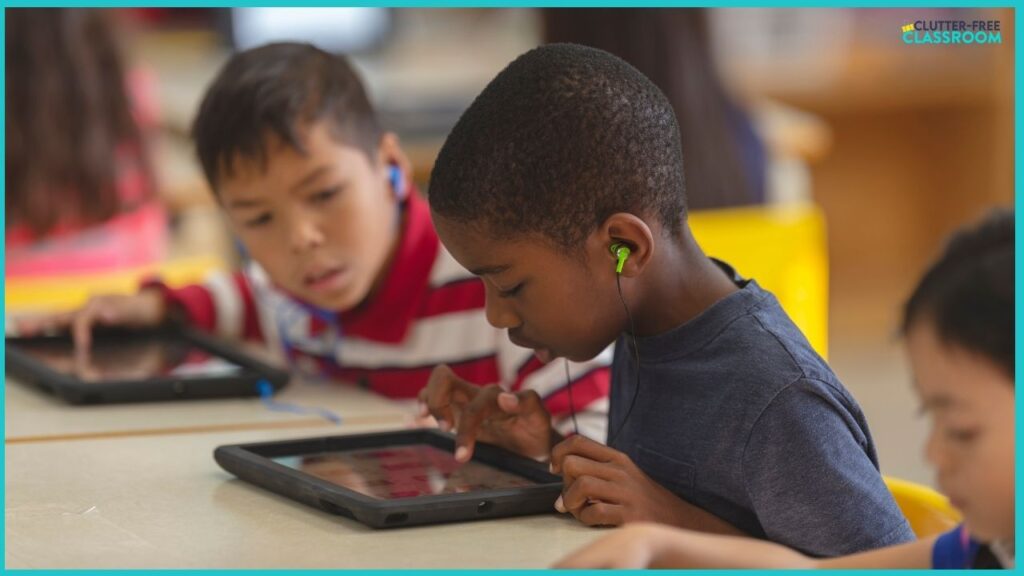
5 Negative Impacts of Too Much Screen Time
Excessive screen time among students during weekends and vacations poses a growing concern for their overall well-being and development. Prolonged exposure to screens, including smartphones, computers, and video games, can lead to behavior problems, sleep challenges, weakened language skills, stunted emotional development, and less time for other activities. Below is more information about the 5 negative impacts of too much screen time for kids.
1. Behavior Problems
Children who spend more than 2 hours on screens a day are more likely to have problems with attention, socialization, and behavior. Think about the amount of work that you are assigning and how much it requires screens. Now, add the amount of time that students would need to complete the work and estimate how much time they are spending on personal use.
2. Sleep Challenges
Being on screens for too long can interfere with the sleep cycle. The blue light that gets emitted has been proven to interfere with brain activity and cause problems with falling asleep and staying asleep.
3. Weakened Language Skills
Interacting with technology takes away from interacting with people. This can hamper the language skills and social skills that students are developing. Everyday speech with people is so important when developing these skills.
4. Stunted Emotional Development
Some experts worry that too much screen time does not allow children to maintain skills like self-regulation. Too much technology interferes with students ability to regulate boredom, distress, and other impulses and emotions.
5. Less Time for Other Activities
Too much screen time takes away from activities that kids could be doing that support health and well being. Ask yourself what activities screen time is taking away from and whether or not your assignments need to require screens.
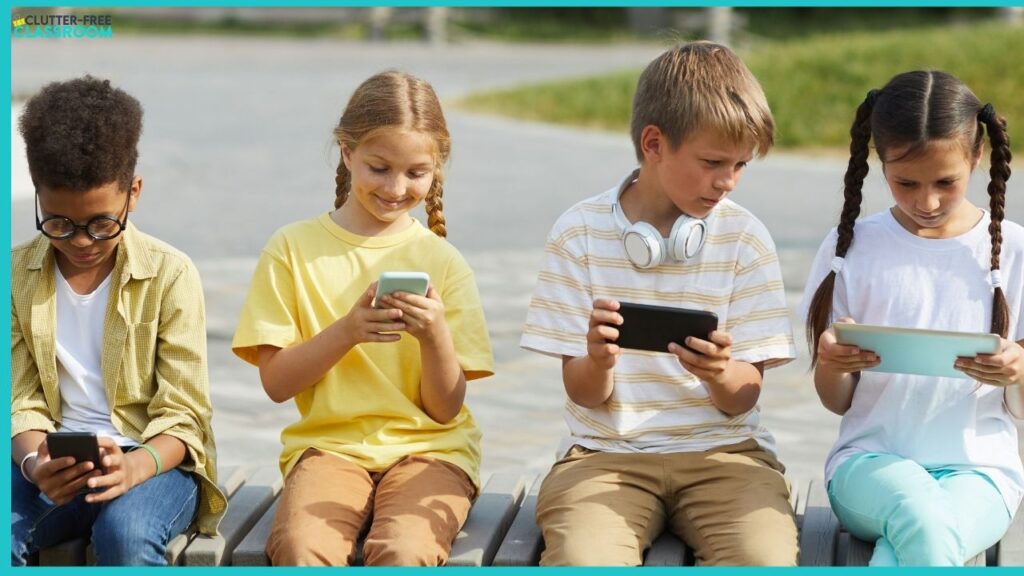
What Kids are Missing When They are on Screens
Below is a list of things kids were missing when they were on screens. These skills are very important to focus on as students are transitioning back to school.
Using Language Skills
When students are engaged in using technology, they are not using their language skills and communicating with others. They also aren’t using their active listening skills or maintaining relationships.
Being Creative
Too much time on technology takes away opportunities for students to be creative. This can range from drawing a picture to building a fort. Technology hampers students’ ability to do this.
Using their Imagination
Time that students are spending on technology is time that they are not spending using their imagination. They are missing out on chances to engage in imaginative play independently or with peers. They aren’t creating their own games or making up stories.
Using Fine and Gross Motor Skills
When students are completing all assignments using technology they aren’t engaging in fine and gross motor skills like holding a pencil or kicking a ball. When students return to the classroom, you don’t want to have to spend time reteaching fine and gross motor skills when there is so much more content that will need to be taught and relationships that will need to be rebuilt.
Building SEL Skills
Screens are not a great way to teach SEL skills. In fact, screens can hamper a student’s ability to gain skills in this area. SEL skills are built through practice, conversations, interacting with people, conflict resolution and all of these things come from discussion with other people. Check out these SEL units if you need resources for teaching social emotional learning skills!
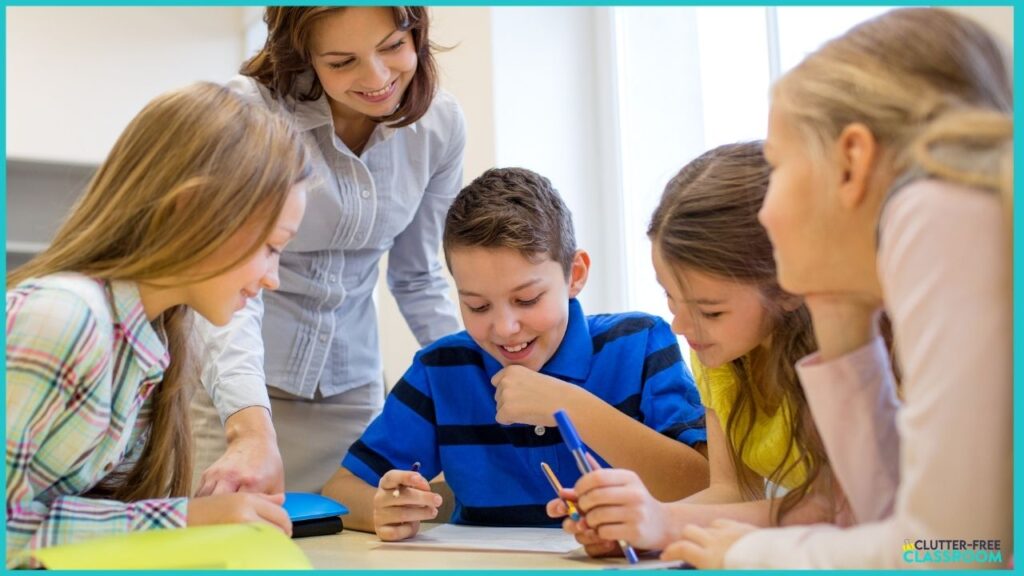
5 Benefits to Paper and Pencil and Project Based Learning
Below are 5 benefits to paper and pencil and project based learning tasks. These are great learning experiences for students transitioning back to school (and can be used for remote learning as well).
1. Problem Solving
Students will practice and gain problem solving skills through completing project based learning activities. They will most importantly learn how to solve problems that are important to them through the project-based learning model.
2. Creativity
Students have the ability to be creative with project based learning. Project based learning gives them more flexibility on how they are going to learn a topic and present their findings about what they learned.
3. Independence
Paper and pencil tasks are tasks that students know how to complete. This enables them to do them independently and complete them whether or not they have access to a device or a parent or guardian who is available to help them.
4. Self-Confidence
When students don’t know how to complete a task but the reason is because of technology, it can shake their confidence even if the content is something they do understand. Completing paper and pencil and PBL activities independently will boost student confidence instead of negatively affect it.
5. Flexibility
Paper and pencil and PBL activities can be completed anywhere. These allow for so much more flexibility than tech-based assignments and fit into schedules much easier. For parents working from home, they can have their child complete the assignments right next to them or set up their own work from home space for their child.
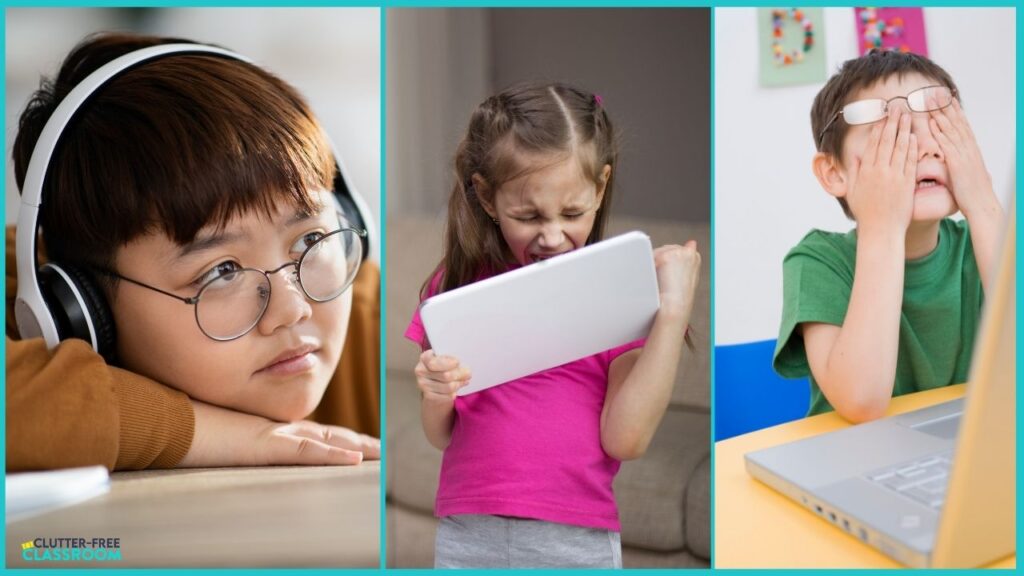
3 Alternatives to Digital Resources
Below are 3 alternatives to digital resources. They are great learning experiences for transitioning back to school for in-person learning, but can also be used for remote learning.
Review Packet
Put together a paper packet of previously taught skills to offer students the opportunity to practice key concepts and skills. Because the purpose is to reinforce and not introduce, students can complete this independently without requiring the support of families.
The math spiral review packets below are available for 1st, 2nd, 3rd, 4th, and 5th grade. They are a great way for students to practice grade level math skills. Learn more about them below!
- 1st Grade Math Spiral Review
- 2nd Grade Math Spiral Review
- 3rd Grade Math Spiral Review
- 4th Grade Math Spiral Review
- 5th Grade Math Spiral Review
Another great resource is this Paragraph of the Week resource for 2nd, 3rd, 4th and 5th grade. They are a great way for students to practice their writing skills in a systematic way. Learn more about it below!
- Narrative Paragraph of the Week
- Informative Paragraph of the Week
- Opinion Paragraph of the Week
- Paragraph of the Week Bundle
Hands-On Project
Send home a hands-on project for students to work on. A long term project can help students practice time management skills and ease the burden of lesson planning on you. Some great standards-based options are Me on the Map, Animal Research, and a Biography Project. These projects are appropriate for grades two through five. Me on the Map works for grade one as well.
Review Game
Prep and send home printable math games in Ziploc bags to help keep all of the required materials together. Print-and-go math games that students can play independently is a quick and easy option to get kids practicing previously taught skills in a fun and engaging way. You can also send home multi-player math games and encourage students to play with a sibling, parent, or caregiver. Check out this standards-based collection of first, second, and third grade math games below. Each concept comes with 10 games, which all come with directions written in student-friendly language.
In closing, we hope these ideas for supporting students with transitioning back to school helpful!

